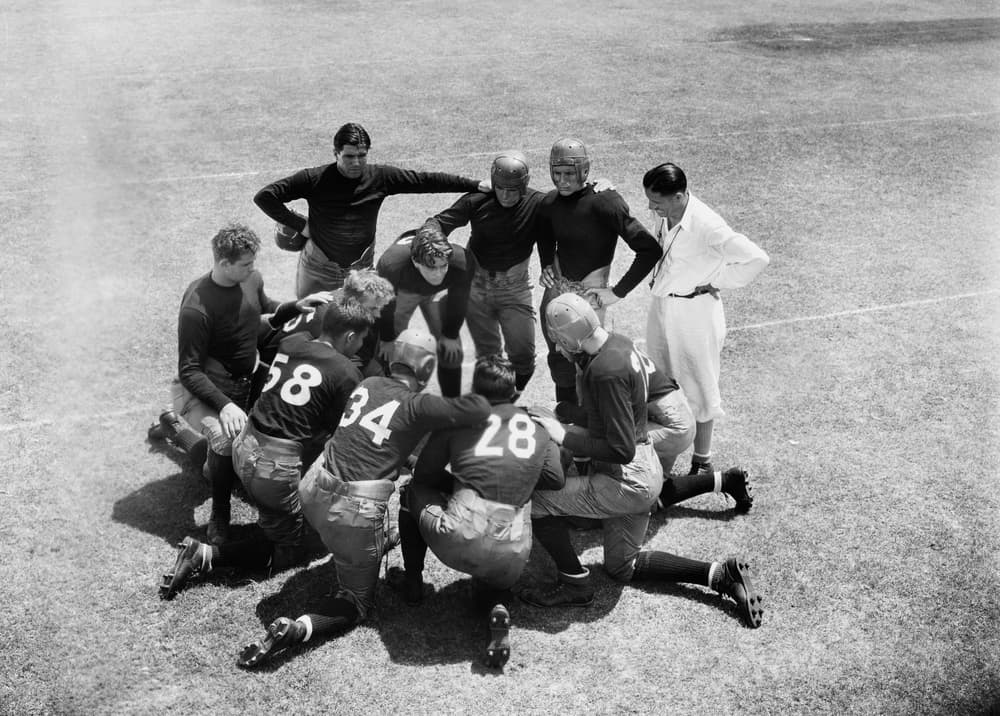
A good percentage of workers’ comp adjusters have multiple insureds (employers) they work with, in multiple states. Some of these insureds are very demanding, and some are not. Some are very open to new ideas to get injured workers back to work, and some are not. The adjuster is always a chameleon, blending the personality and way of working to match what the insured wants while at the same time trying to read and gauge the claimant to judge for any indication that there may be more to the injury than what appears on the surface.
Whatever the personality or work ethic of the adjuster that handles the account, below are 5 ways to get them to work harder. Working as an adjuster handling work comp claims is a very stressful, demanding, high exposure, and thankless job. In any scenario, the adjuster will do what it takes to get the job done on the files, but these 5 little tidbits of info we discuss below may be able to maximize the adjuster’s role.
Click Link to Access Free PDF Download
“How Do I Get My Adjusters To Follow My Account Handling Instructions?”
-
Complete all fields of First Report of Injury
The First Report of Injury is the first info the workers’ comp adjuster reviews when assigned to a new claim. Nothing irritates them more than having a lot of missing information. It almost can reflect the way the claim is going to unfold during the investigation. If an adjuster sees a half-completed injury report when they call and ask you about the details of the injury they are expecting the employer not to know anything about it. Completing the injury report will reflect the employer’s professionalism to the adjuster. Another insured may complete every line, and the adjuster will view that as “This insured is very detailed and involved and will be watching every move I make, so I better make the right moves to impress them right off the bat.”
Plus the adjuster has to obtain a lot of that information anyway. So it will save some time on the phone call if as an employer, you obtain the information before submitting the claim into the adjuster. State reporting requirements will demand the date of birth, social security number, complete address, and other additional info. So take the extra 10 minutes and complete the State injury form. This way the adjuster can get a good idea about what happened and can hit the ground running for the start of an investigation.
-
Stay involved and open to ideas
Not every employer is the same. They are different sizes, different types of people, different demands, and different cities. Everything is different, and this makes being an adjuster that much more difficult. The adjuster may not know that the employer does not have any light duty work at the shop, but how deep have you as the employer looked? The adjuster may have ways to sneak a few of these guys back to work, and that will save the employer money. The adjuster’s job is to get injured workers back to work. Most of the time the roadblock to obtaining this is the employer, not the injured worker.
Let the adjuster come out to the shop (if they are local) and let them walk around and evaluate things. Talk a little bit about the other types of jobs you do that your injured worker may be able to do. Discuss not only full-time jobs but part-time as well. Part-time work is overlooked a lot, but any sort of savings is worth it. 10-15 hours of work a week is better than the injured worker sitting at home doing nothing but collecting a paycheck. Plus remember the old adage: The longer a claimant is out of work, the more difficult it is to get them back. Collecting 70% of pay in addition to saving on daycare costs or gas costs to name a few. Better to keep an open mind about getting the injured party back to work.
-
Return calls/emails to the adjuster
The workers’ comp adjuster has a lot to do every day. Claims are in various stages of a lifespan, and the job of an adjuster involves being on the phone a great deal. The new trend is to try and email as much as possible. It is a lot faster than a phone call, and it allows the other party receiving the email to get to it when convenient. Answer or return that email. It does not have to be within the same hour, but it should be at least the by the end of the business day. The adjuster wants something or has a question they need to be answered. Usually, the adjuster cannot move forward on the claim until the info is obtained. Do not be known as a slowpoke in getting the adjuster this information. They will respond in kind when the employer needs something.
-
Be polite
The workers’ comp adjuster usually deals with conflict. Conflict with different physicians and their opinions. Conflict with claimants over what is a work-related injury and what is not. Conflict with their managers on what to do on a file to get it to resolve. Conflict with plaintiff counsel over the facts of a case. Conflict with a claimant over a check not being issued or why the claim is still under investigation. The list could go on and on.
So it is nice to give the adjuster some polite words now and then. A “please” and “thank you” can go a long way. Maybe take some time after a difficult claim is resolved and thank your adjuster for hours and hours of time put in to resolve the claim. Everyone appreciates the positive feedback and a good “thank you.”
-
Meet the adjusters face to face and show them around
Most adjusters work from home or in an office. They do not see their claimants. They do not meet the insureds. They are not at the doctor appointments. They are not on-site in the workspace. One thing to do is to meet with them first. Talk with your carrier/TPA about getting 1-2 adjusters to work the account. Then invite those adjusters and the claims manager over to meet face to face at the workplace. Take them on a tour of the facility. Let them meet the safety team. By putting a face to a name, you have personalized the experience. And the more contact, the better the resolution on claims. The same employer/client relationship applies to the carrier/agent/adjuster relationship.
Summary
The workers’ comp adjuster has to handle many claims from many different employers. So make yours stand out from the rest. Take that extra time to build a relationship with the carrier/adjuster/TPA. Claim results will likely be better.

Contact: mstack@reduceyourworkerscomp.com.
Workers’ Comp Roundup Blog: https://blog.reduceyourworkerscomp.com/
©2018 Amaxx LLC. All rights reserved under International Copyright Law.
Do not use this information without independent verification. All state laws vary. You should consult with your insurance broker, attorney, or qualified professional.














